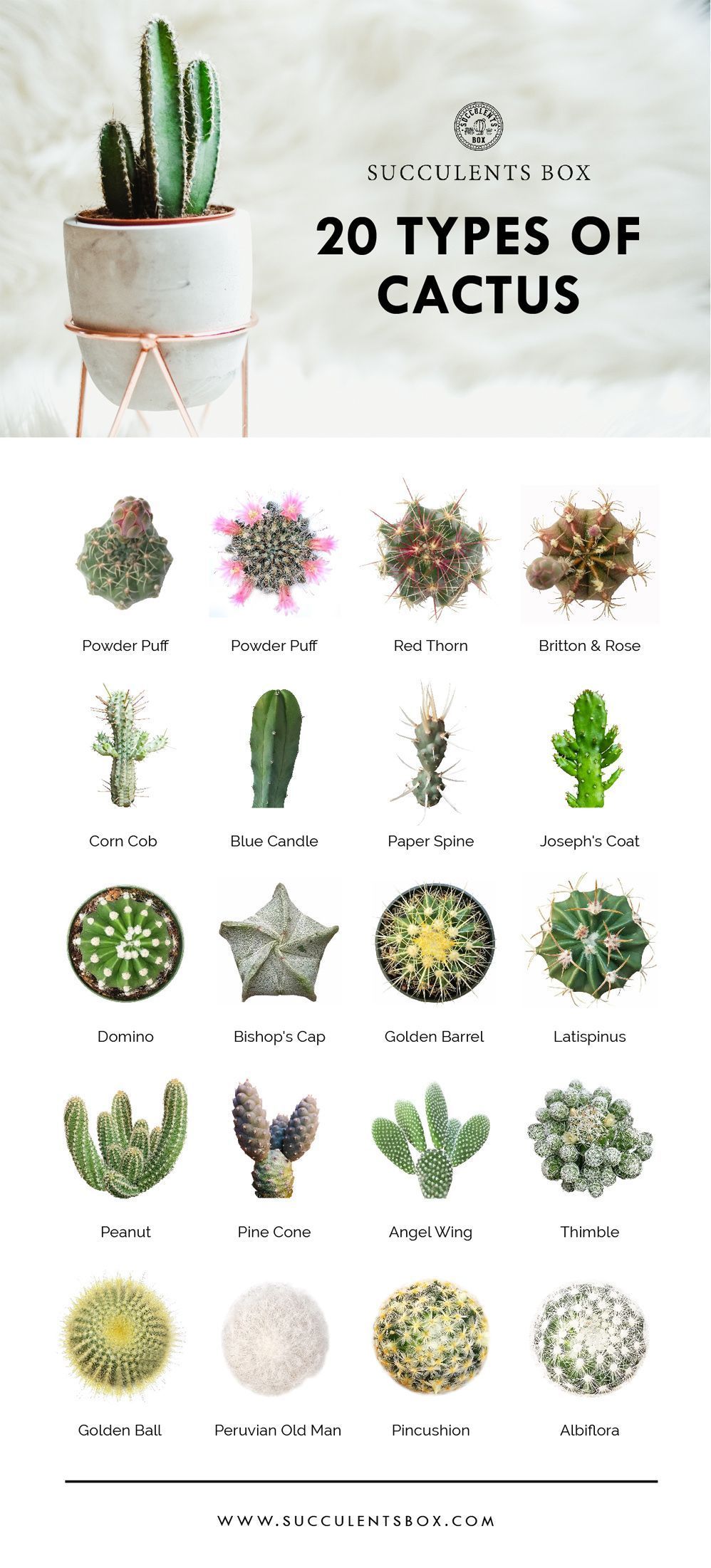In the vast tapestry of the plant kingdom, few families capture the enchantment of desert landscapes quite like the cacti. These resilient plants, with their diverse forms and striking adaptations, stand as living testaments to the beauty of survival in unforgiving environments. Each cactus species is a chapter in an unwritten narrative, encompassing tales of evolution, resilience, and unparalleled uniqueness. This guide ventures into the enthralling world of cacti, unveiling a myriad of types and their intriguing characteristics.
Throughout arid expanses, one discovers the many faces of the cactus. With over 2,000 species classified within a family that boasts extraordinary diversity, understanding the distinct types can illuminate one’s appreciation for these botanical marvels.
Imagine, if you will, a floating cloud composed of spines instead of water droplets. This vivid imagery encapsulates the essence of the unique Prickly Pear.
Prickly Pear Cactus
The Prickly Pear, or Opuntia, is arguably the most recognizable member of the cactus family. With its flat, paddle-shaped pads, it captures the imagination and garners admiration worldwide. These cacti serve as a symbol of resilience. Concealed beneath a vibrant disguise of radiant flowers, juicy fruits, and thick spines lie the secrets to survival in desolate terrains.
Endemic to the Americas, the Prickly Pear blooms into stunning flowers, ranging from vivid yellow to deep crimson hues. Each species bears the potential to yield delectable fruits known as “tunas,” which are not only a staple in local cuisines but also a nutritious delight.
Often, Prickly Pears are used in land reclamation projects, showcasing their beneficial impact on ecosystems. Their adaptability, rooted in their intricate biochemical processes, is a captivating parallel to humanity’s resilience amidst adversity. This cactus embodies both functionality and photogenic allure, making it a cherished addition to gardens and landscapes.
As one meanders through the cactus realm, the Saguaro emerges as a looming sentinel of the desert.
Saguaro Cactus
The Saguaro (Carnegiea gigantea) is an iconic symbol of the American Southwest. Towering majestically, it can grow to heights exceeding 40 feet, standing like ancient sentinels amidst the desert sands. The Saguaro’s arms, reaching skywards as if in homage to the heavens, create a striking silhouette against the vibrant sunset. These giants can live for over 150 years, their lives whispering echoes of time and adaptation.
Instead of singular arms, the Saguaro is often adorned with multiple appendages, each one a testament to its storied history. These limbs serve a critical function—expanding the plant’s ability to photosynthesize and absorb rainwater, thereby ensuring its survival in parched conditions. During springtime, the Saguaro unveils nocturnal blossoms, inviting nocturnal pollinators and heralding the circle of life in the desert.
In many Indigenous cultures, the Saguaro holds sacred significance, representing nourishment, shelter, and connection to the Earth. This ancient titanic being encapsulates the essence of timeless beauty in harsh landscapes.
Delving deeper, one encounters the ferocious allure of the Barrel Cactus.
Barrel Cactus
The Barrel Cactus, exemplified by the Ferocactus genus, is a marvelous creation with its cylindrical form, often adorned with vibrant yellow or red spines that contribute to its ferocious aesthetic. This species, resembling a large green bullet, stands stout and strong against the sun’s relentless gaze.
These cacti can thrive for decades, displaying an intriguing survival strategy by accumulating water reserves within their thick, fleshy tissues. Some Barrel Cacti even exhibit a unique method of orientation, tilting towards the south to maximize sunlight exposure—an intelligent choice, reminiscent of the adaptation strategies seen in the animal kingdom.
Mature specimens burst forth with vivid, tubular flowers that summon a variety of pollinators, creating a hub of activity around them. Legends abound of the use of the Barrel Cactus by early settlers, who would extract water from its tissues in desperate times. This cactus serves as a living archive of survival, embodying the essence of fortitude in an often-hostile world.
And what of the mystical allure of the Moon Cactus?
Moon Cactus
The Moon Cactus, or Gymnocalycium mihanovichii, presents an enchanting sight, its vibrant, often fluorescent cap growing atop a green base. This unique grafting process, where a colorful cultivar is fused with a more conventional base, has become a staple in modern ornamental practices. The cap, devoid of chlorophyll, relies on its base for sustenance and is often adorned with artisan quirks, such as unusual textures and bursts of colors—a lively reminder of nature’s artistic flair.
Despite its whimsical appearance, the Moon Cactus is a testament to resilience and adaptation, sure to capture anyone’s imagination. The contrast between the vivid crown and the sturdy base epitomizes the juxtaposition of fragility and strength, reminding one to embrace the myriad forms that life can take.
In summation, the world of cacti is a vibrant mosaic composed of myriad species, each telling its own story through adaptation, survival, and beauty. From the majestic Saguaro to the whimsical Moon Cactus, these plants enchant us with their resilience, serving as profound symbols of endurance. They beckon enthusiasts and novices alike to delve deeper into their world—a testament to nature’s artistry and tenacity in the face of adversity.





Leave a Comment